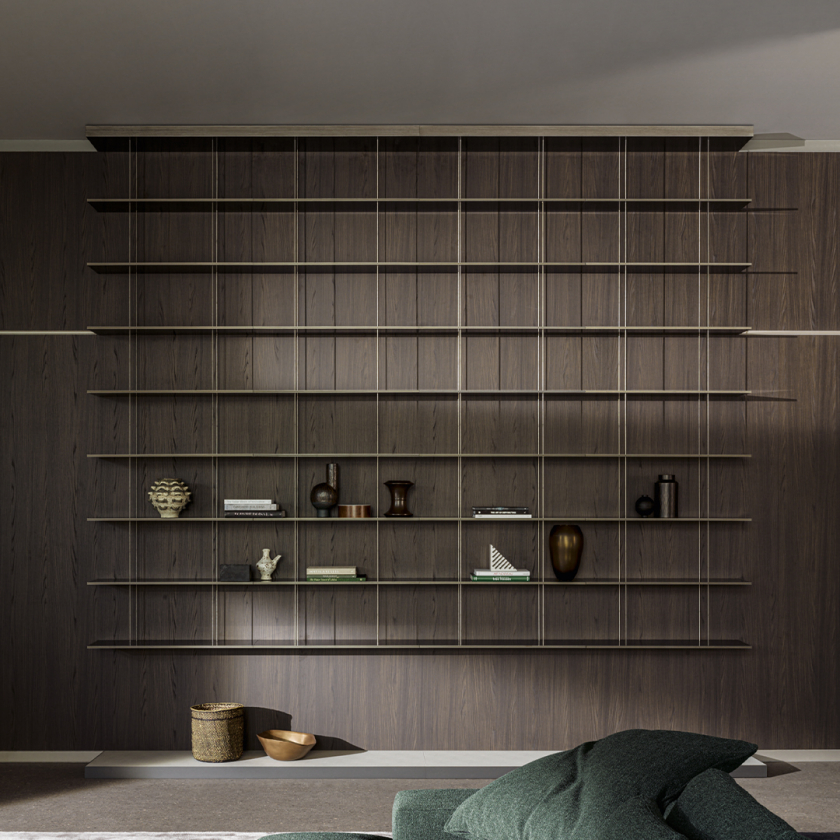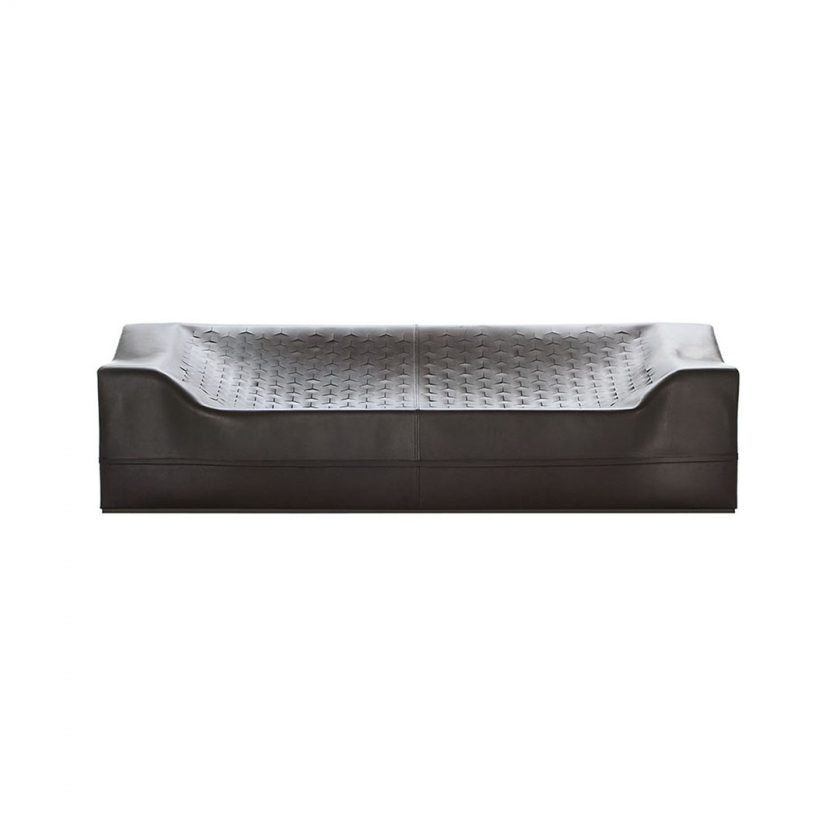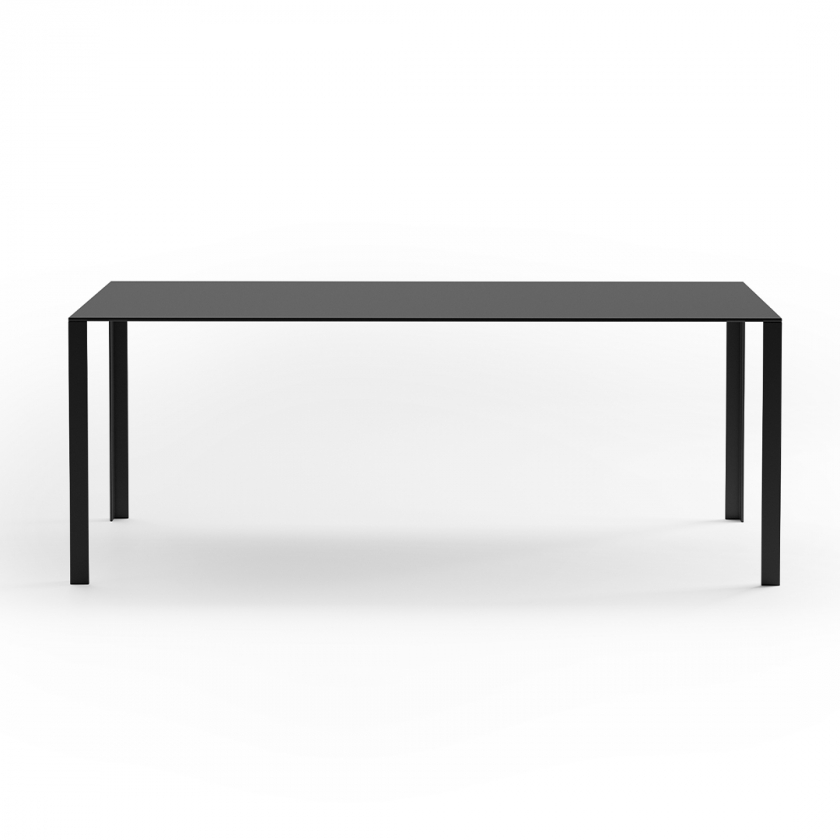Search for articles, topics or more
browse by topics

Search for articles, topics or more

Jean Nouvel has won the 2008 Pritzker Prize, considered to be the Nobel Prize for architecture. After Aldo Rossi (1990), Alvaro Siza (1992), Renzo Piano (1998) and Norman Foster (1999), Jean Nouvel is yet another, extraordinary member of the Molteni team to receive this prestigious award. The jury acknowledged Jean Nouvel for “his courageous pursuit of new ideas and his challenge of tradition, for his imagination, exuberance and, above all, an insatiable urge for creative experimentation”. The prize-giving ceremony will be held in Washington.
For Maison & Object 2008, the Molteni&C showroom in Rue des Saints Pères hosts an installation dedicated to architect Jean Nouvel, whose projets made a major contribution to the re-thinking of contemporary urban environment.
Here, the SKiN seating system - sofa, armchair and pouf - is presented in a worldwide premiere.

Where does the idea for the SKiN collection come from?
The idea for SKiN came from one of my architectural projects, the Quay Branly Museum in Paris.
For this project, most of the interiors were designed by Molteni Group. The museum has large walls equipped with communication systems. These walls look like a snake winding its way around the architecture. This particular shape has a precise meaning, because the museum contains objects from the native civilisations of Africa, Oceania and the Americas.
This is why I could say that the Skin collection was inspired by shapes coming from “another world”.
Why did you choose leather?
The SkiN collection -armchair and sofa- will be shaped by time and usage, and leather will be part of this process. In fact, for me sofas are leather. The idea was to start from the shape leather could be moulded in. Something really wonderful about leather is its patina, which “is moulded” by time. At this stage, the problem was to obtain the right degree of elasticity. On this kind of sofa, even when you don’t seat on it, you feel the weight of those who have been sitting there before. It’s great, for instance, to see these traces of the past in anatomical armchairs. You feel better about sitting on an armchair If its leather has a lived-in feel, because it’s softer and more comfortable.
SKiN comes from the desire to play with leather. SKiN is not a piece of furnishing but a structure in space. Then there are the perforation, the cut, the incision in the leather that allow the passage of light and, hence, the shadow of the seat and the structure on the floor. We then sought complementary materials, which we also chose for their tactile quality, that’s why we thought of felt.


Is designing furniture similar to designing buildings?
No, furniture is not like buildings. For me, the main difference is that you will always know where a building is and where it will be, while you’ll never know where a piece of furniture is, nor where it will be. Furniture is the expression of a desire, a feeling; it’s a witness to a specific era. Today’s techniques allow the construction of objects that could not be made 15 years ago. SKiN testifies that at the beginning of the 21st century, someone was interested in leather, in folded leather “forced” into a given shape. So much that there’s nothing beyond folded leather.
You have been working with Molteni Group for years. Together, you have designed the Less table, the Graduate bookcase and now the SkiN Collection. What does this collaboration mean to you?
Working with Molteni Group means working with an experienced company and experienced professionals - the dream of all architects. I start with an idea, then we discuss it and develop it. I believe that this is the right way to achieve results that are never mainstream. If anything, what interests me is what stands on the sides of the path, because you can walk faster there. We work off the beaten tracks. We try to find the best techniques to develop ideas that are not automatically part of the production principle. Then, the details will be defined in the workshop, where you make a wooden model, you correct it and you remake it once again. It’s a kind of empirical approach that allows the object to take shape.



The photographer Jeff Burton is known for the cinematic quality of his work: bathers by a hotel pool become a study in saturated colour; tanned bodies are seen at one remove, distorted by mirrored surfaces; a woman’s glance is glimpsed through a car’s rearview mirror.
Lunar New Year is the most important day in China’s lunisolar calendar.
The holidays are a time to eat, drink and make merry – the most convivial time of the year.
Thanks for your registration.